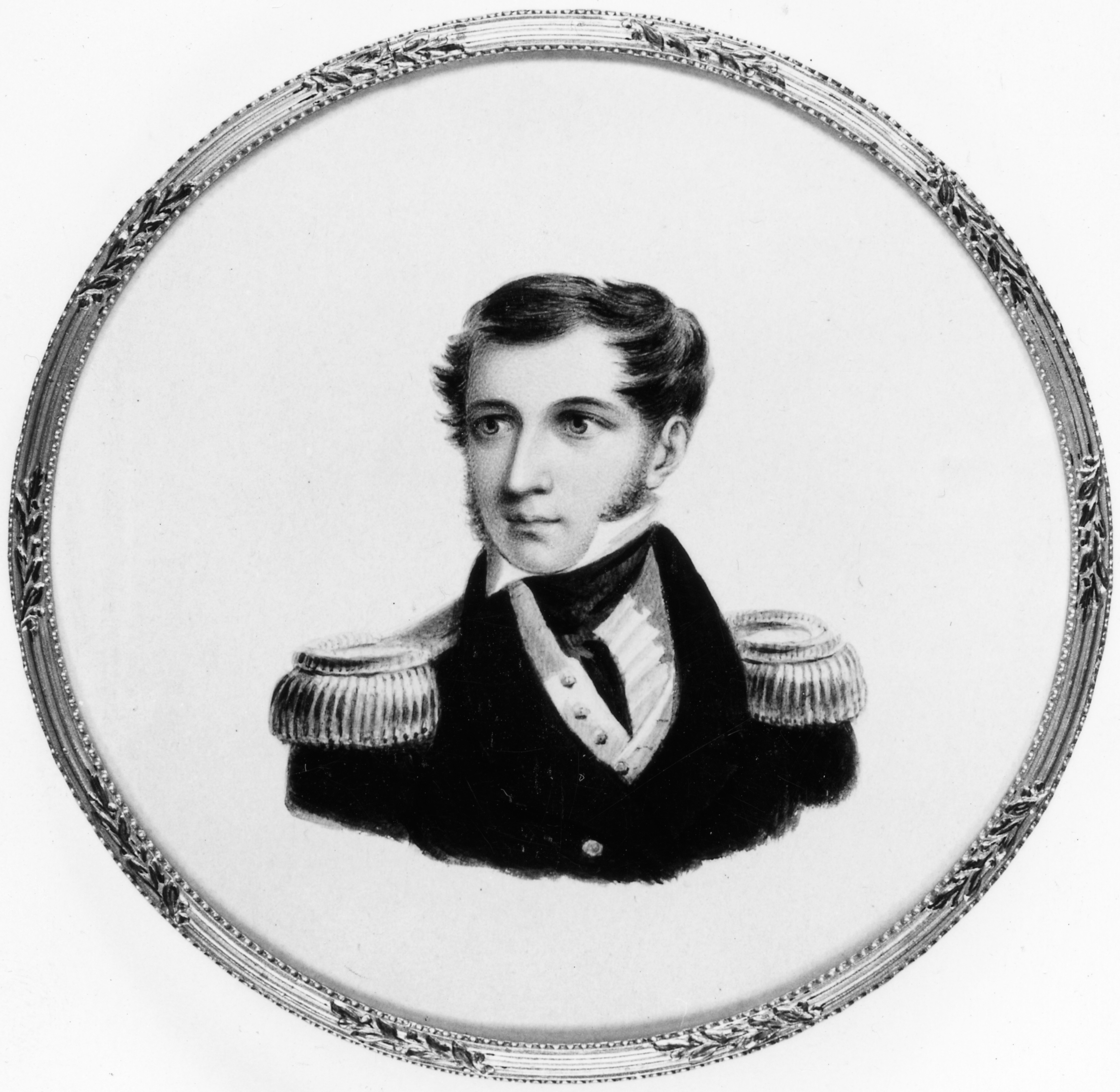
1845 - The father of the Swedish railway
Inspired by England
Adolf Eugène von Rosen is known as the father of the Swedish railway. After spending time in England and witnessing the explosive development of the railways there, he came up with the idea of a Swedish railway.
In July 1845, the newspaper Göteborgs Handels- och sjöfartstidning wrote about an investment opportunity that allowed people to sign up for shares in a Swedish railway project. The article was taken from the English newspaper The Times, and rumours spread that it was all a hoax.
In September, von Rosen arrived in Stockholm on the paddle steamer Gauthiod. He successfully presented a proposal for a nationwide railway network to King Oskar I and was subsequently granted the right to build railways in Sweden.
Svenska jernvägsbyrån 1846
In January 1846, von Rosen launched the company Svenska jernvägsbyrån in Stockholm. A frantic search for financing from England and Sweden then began. The basic premise was the English capital had been promised to support the proposal, but Swedish investment was also needed to bring it to fruition.
Unfortunately, the project was plagued by bad luck, and when the railway bubble in England burst in 1847, the financial foundation for the project disappeared. The result of the grand plans was the formation of the railway company Köping–Hults Järnväg (KHJ), which only completed one short line between Köping and Örebro.
However, many of the engineers and employees of KHJ took their experience to what became Statens Järnvägsbyggnader in 1855.